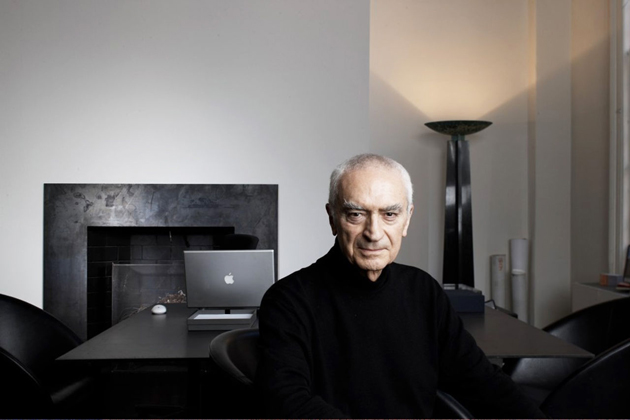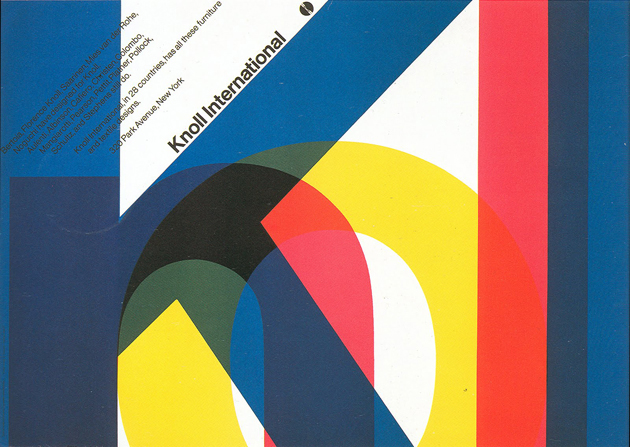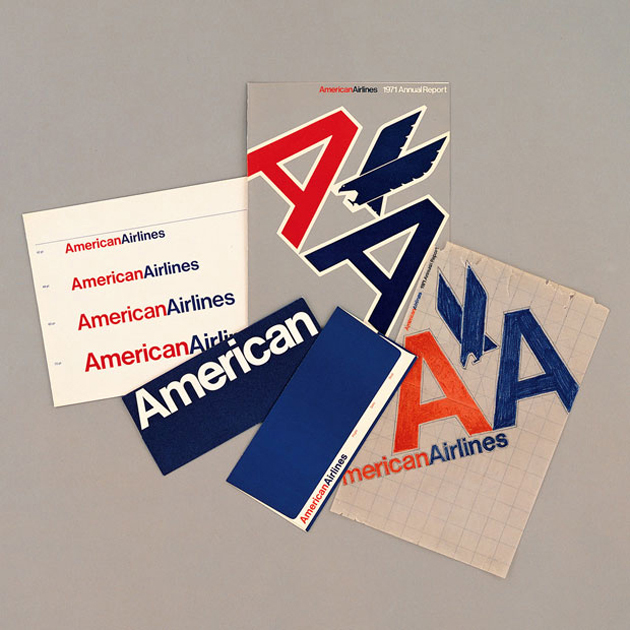
When the news of an open call for letters – to be addressed at Massimo Vignelli – expressing gratitude by all those whose lives had been touched by the great designer, first spread, it was hard to grasp the truth behind it. Massimo Vignelli, the grand master, the soul and conscience of modern graphic design, fell ill. He passed away last Tuesday, 27th of May 2014, leaving many of the said letters unread. Still, those which he did manage to read, spoke about “the quality of the work and the elegance of whatever we were doing in a project,” he said, adding “Let’s say if I died soon, I would die very happy. No regrets.”

Indeed, Mr. Vignelli had nothing to regret. During more than 60 years of work, Mr. Vignelli designed some of the most iconic, bold and lasting graphic design projects. An unconditional proponent of the Modernist Movement, he understood design as a way of reducing the vulgarity of our environment, continuously educating and refining our minds. For Mr. Vignelli, to design “is to decrease the amount of vulgarity in the world. It is to make the world a better place to be. But everything is relative. There is a certain amount of latitude between what is good, what is elegant, and what is refined that can take many, many manifestations. It doesn’t have to be one style. We’re not talking about style, we’re talking about quality. Style is tangible, quality is intangible. I am talking about creating for everything that surrounds us a level of quality.”

The level of Mr. Vignelli’s quality can be understood simply by mentioning that the visual identity for American Airlines, designed back in the 70s, was replaced only last year, with much rumour from the design community; while other notable projects, developed within Unimark International – the design company he founded in 1971 -, include visual identities for JC Penney, Knoll, Benetton, rather than signage for Milan or New York transport authorities. But more than leaving behind a myriad of great project, Mr. Vignelli left a legacy of young designers eager to follow his lessons about life and work. One of them, Michael Beirut, remembers one of the most significant lessons Mr. Vignelli taught him: “If you do good work, you get more good work to do, and conversely bad work brings more bad work. It sounds simple, but it’s remarkable, over the course of a lifetime of pragmatism and compromise, how easy it is to forget: the only way to do good work is simply to do good work. Massimo did good work.” Dear Mr. Vignelli, your good work will be missed.


